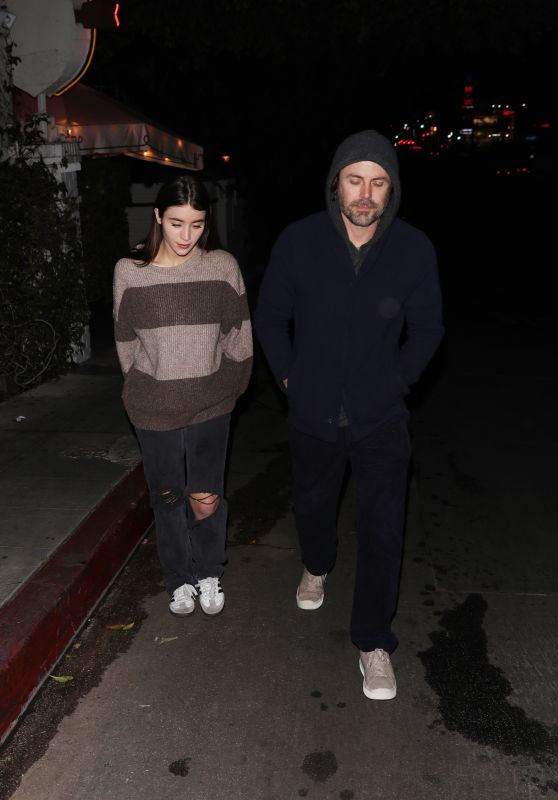All things being equal, you’d never want to live anywhere near a supermax prison, but there are few patches of narrative real estate more beloved by broadcast television.
It’s easy to understand why. Your typical supermax prison — or any prison or facility that creators can claim is packed with the worst and most notorious of criminals — is like a concrete-encased cornucopia of procedural plotlines just waiting to break out.
The Hunting Party
The Bottom Line Say "not in my backyard" to this prison dud.
Preview airdate: Sunday, January 19 (NBC)
Regular premiere: 10 p.m. Monday, February 3 (NBC)
Cast: Melissa Roxburgh, Nick Wechsler, Patrick Sabongui, Josh McKenzie and Sara Garcia
Creator: JJ Bailey
It’s the fodder for much of Prison Break, as well as the third season of Heroes, the brief run of Alcatraz and just about any Batman story connected to Arkham Asylum. With some twists and variations, it’s the seed that germinated in several of NBC‘s most successful shows of the ’10s, including The Blacklist and Blindspot — shows that made promises in their pilots that a weekly string of the worst villains imaginable were connected through a weird guy with a hat or a mysterious woman with tattoos.
It’s a handy format because you have a rogue’s gallery instantly lined up for the catching, ideally by a creatively assembled team of protagonists. It’s a skeleton that can then get fleshed out in all manner of clever ways.
Or then there’s NBC’s The Hunting Party, as stripped down and unimaginative a take on this genre as I’ve ever seen, using a supermax backdrop as an excuse to basically make a less realistic, less interesting version of Criminal Minds (a show I already use as my shorthand for everything repetitious and exploitative about broadcast TV). I can imagine viewers tuning in for The Hunting Party, in part because NBC is giving it a sneak preview after the NFL playoffs and in part because the audience appetite for serial killer tropes is generally insatiable. But absolutely nothing specific in The Hunting Party is likely to contribute to that viewership.
Through four episodes, this is bland and generic television, the stuff of ignored summer burn-offs or, much more commonly, pilots scrapped without going to series.
The show, created by JJ Bailey, begins in a remote (Wyoming, but wherever) and mysterious (vaguely) subterranean prison designed by somebody who once heard a reference to Jeremy Bentham’s concept of the Panopticon, but didn’t actually research it. It’s full of the worst and creepiest of serial killers and whatnot, people — I want to say “men,” but that’s only 98% accurate — generally believed to have been executed, only … not. In the first scene, we see a burgeoning explosion of an unspecified sort. Seems bad.
An unspecified number of prisoners escape. Boo, unspecified numbers. If you’re on broadcast television, the number should always be “100,” based on a vintage syndicated model that means nothing to today’s television economy. But always tell the audience you have 100 episodes in your back pocket.
Anyway, this leads to the recruitment of Melissa Roxburgh‘s Bex Henderson, who speaks exclusively in profiler jargon and is constantly referred to as the most brilliant profiler anybody ever saw or knew, except that now she’s working in security at a casino in Portsmouth, Virginia. Why Portsmouth, Virginia? Who cares! She used to be in the FBI and now she isn’t, and through four episodes the show is sending mixed signals about why she isn’t in the FBI anymore. But honestly, again … Who cares?
Bex has been summoned by Jacob Hassani (Patrick Sabongui), a CIA agent who knows more than he’s saying, about the off-the-books prison that just went up in smoke. The first prisoner they’re looking for, a serial killer named Richard Harris, just happened to be a killer Bex found in her very first case — a case she worked on with her then-partner/mentor Oliver Odell (Nick Wechsler), whom we initially see only in flashbacks, but then in the present as well.
Adding assistance is Shane Florence (Josh McKenzie), a former guard at the facility, which is known only as The Pit, but shouldn’t be confused with Max’s new medical drama, The Pitt, which is much better. Eventually joining and, thus far, adding absolutely nothing is Sara Garcia’s Jennifer Morales, an Army intelligence officer.
NBC is boasting that The Hunting Party is a “high-concept thriller,” but it’s closer to a “no-concept no-thriller.”
Simply put, the show has no hook. If there was a thing that made NBC executives say, “This would be a cool thing to do,” it got sanded away in the development process, leaving no trace.
The Pit is not an interesting concept nor, through four episodes, a logical one. What these killers were doing there, what was being done to them, never produces even a start of intellectual recognition or curiosity. Around the third episode, it dawned on me that the experimental treatments given to the killers were supposed to be part of a hook, but anything fertile about those insights into criminal psychology is lost. I had a paragraph about why the premise is actively unrealistic, but that’s so far down the list of the show’s problems that I’m not going to bother.
Once the killers, escaping from the rubble of The Pit in very orderly weekly fashion, make it into the outside world, what they do is even less compelling and even less logical, leading to episodic storylines without any suspense or mystery, filmed with a glum, washed-out dullness that never varies.
And the characters aren’t close to a hook either.
Bex, just the latest in a string of Clarice Starling-esque investigators whose genius stems from unremarkable trauma, has a dark secret. Oliver has a dark secret. Shane has a dark secret. Jacob has dark secrets. Everybody has dark secrets and yet none of the dark secrets are interesting, at least not so far. No character in The Hunting Party has a specific voice or sensibility, and once they start interacting, none of the relationships has a dynamic or chemistry.
It’s no surprise, then, that none of the actors taking these uninteresting roles is all that interesting or at least is given anything all that interesting to do. Bex is at least insufferable in that way that television’s all-knowing, all-seeing profilers so frequently are. She has a connection to a supporting character whose identity is supposed to be slightly surprising, so I won’t spoil it except to say that the relationship should be humanizing, but isn’t (a statement that could also be applied to other relationships from Bex’s past that aren’t at all humanizing in the present).
If the show has no hook for the network or for viewers, it feels similarly stymying for the casting team. How do you have four episodes featuring four of the most notorious serial killers in history, or some nonsense, without generating a single memorable performance from a single memorable guest star? That, if nothing else, is an achievement.
The fourth episode, which has the feeling of a season finale even though it isn’t, is the only one in which anything actually happens to suggest a mythology or series progression here. I assure you that I will never find out if any of the breadcrumbs in that fourth episode amount to anything.




















 English (US) ·
English (US) ·